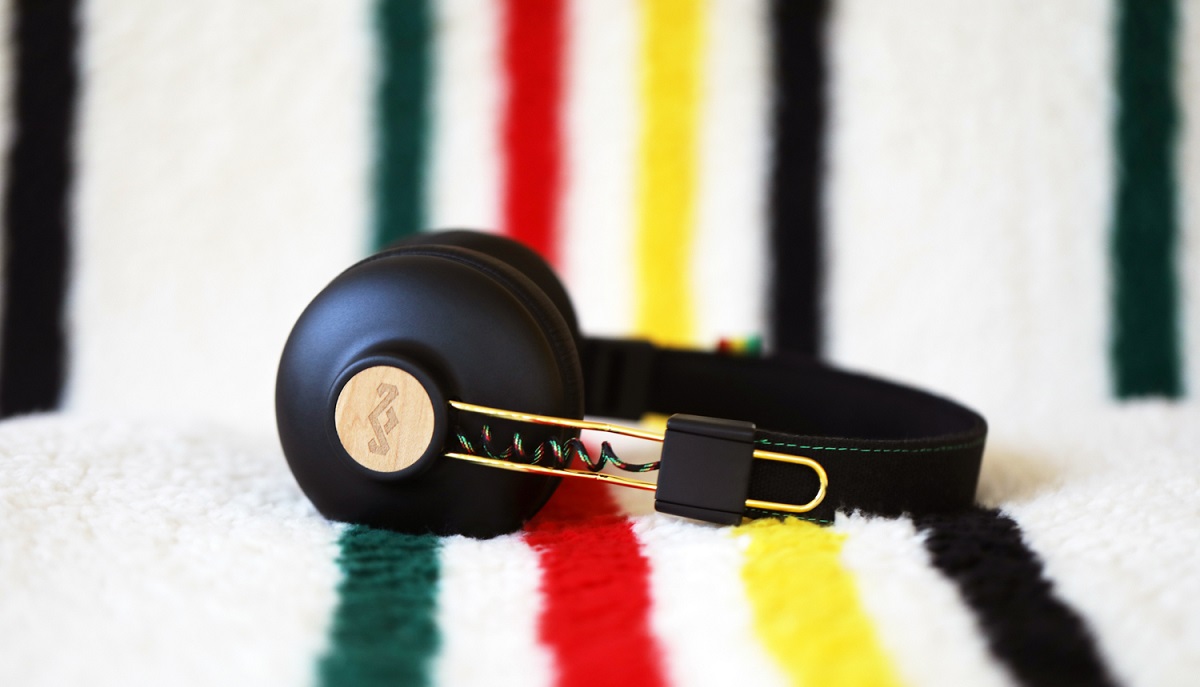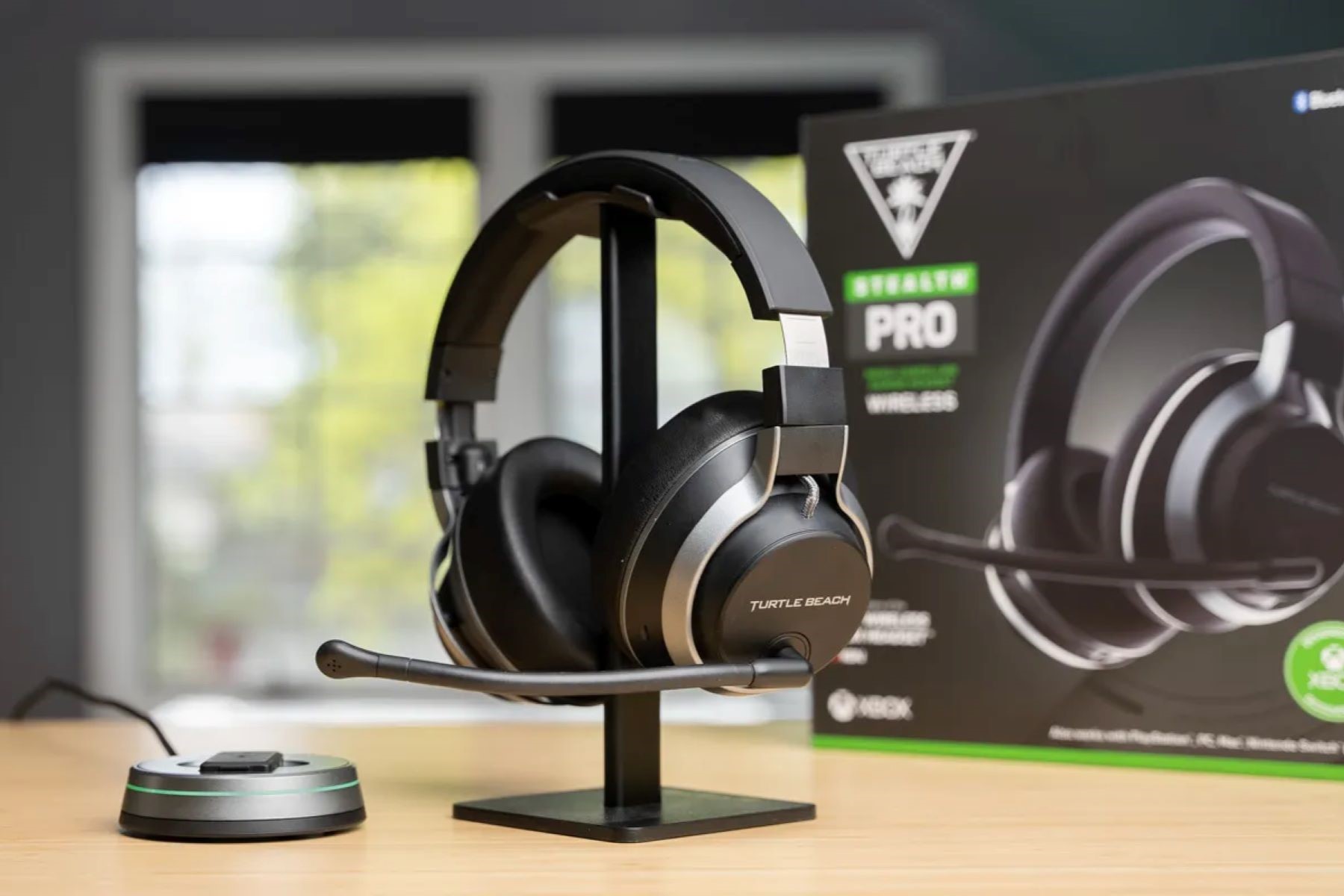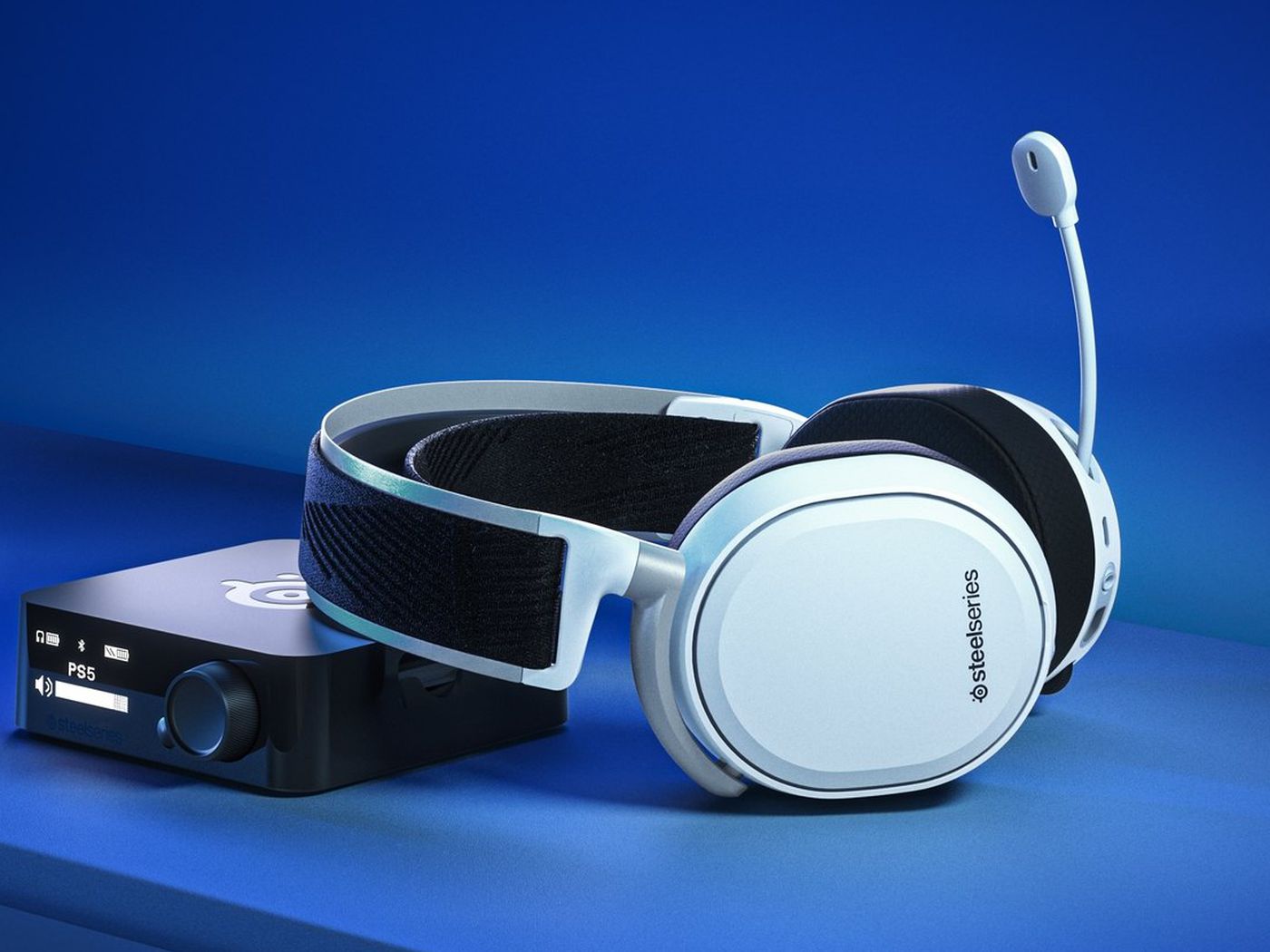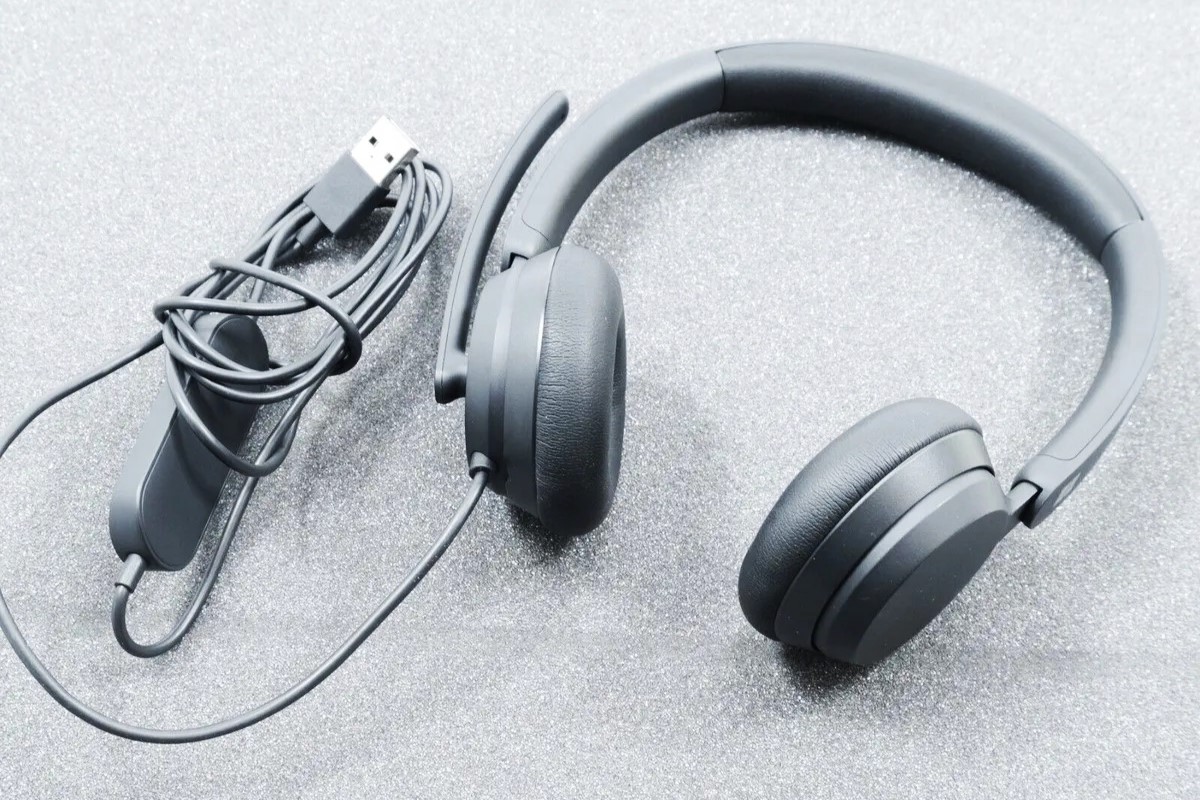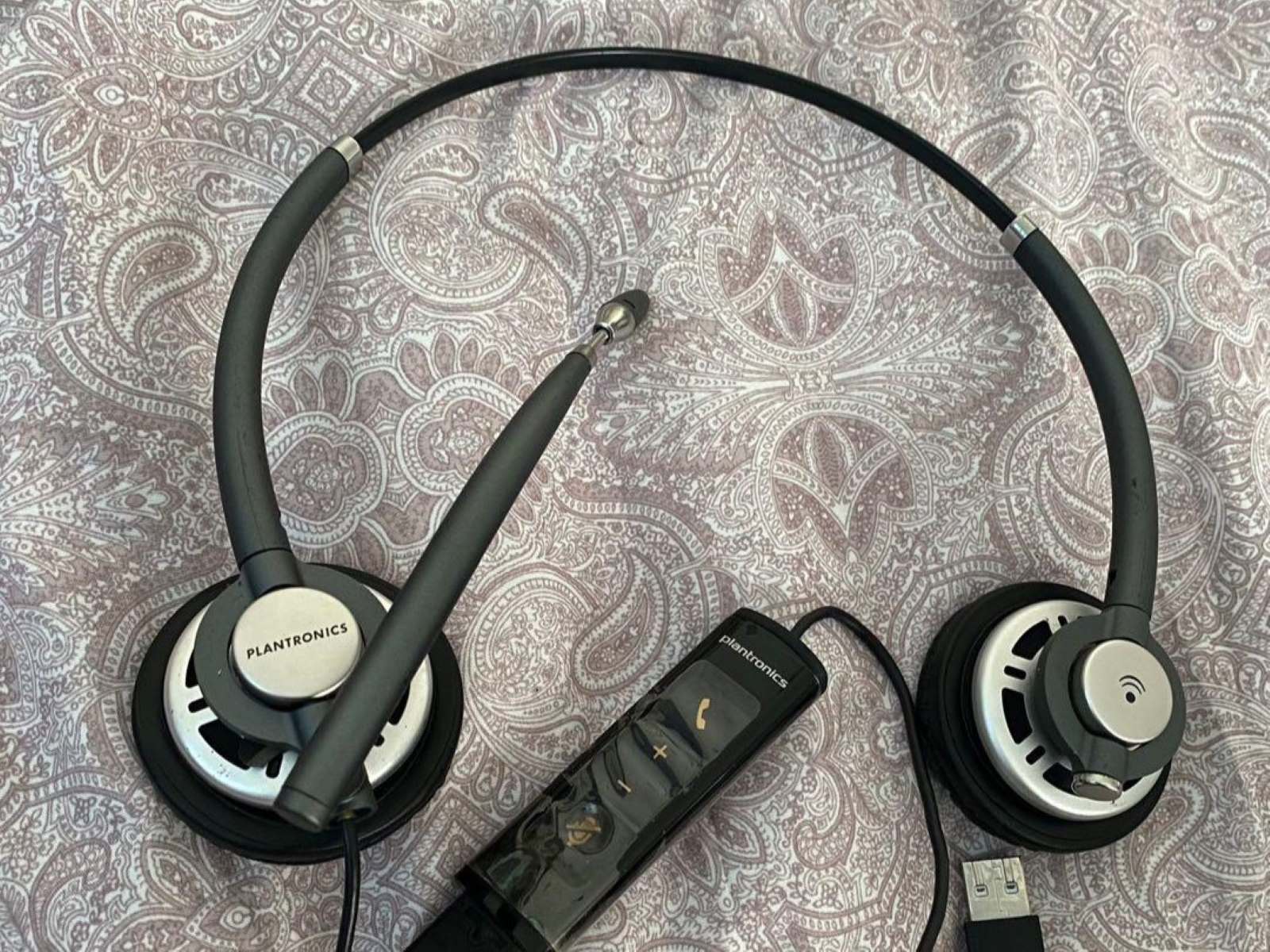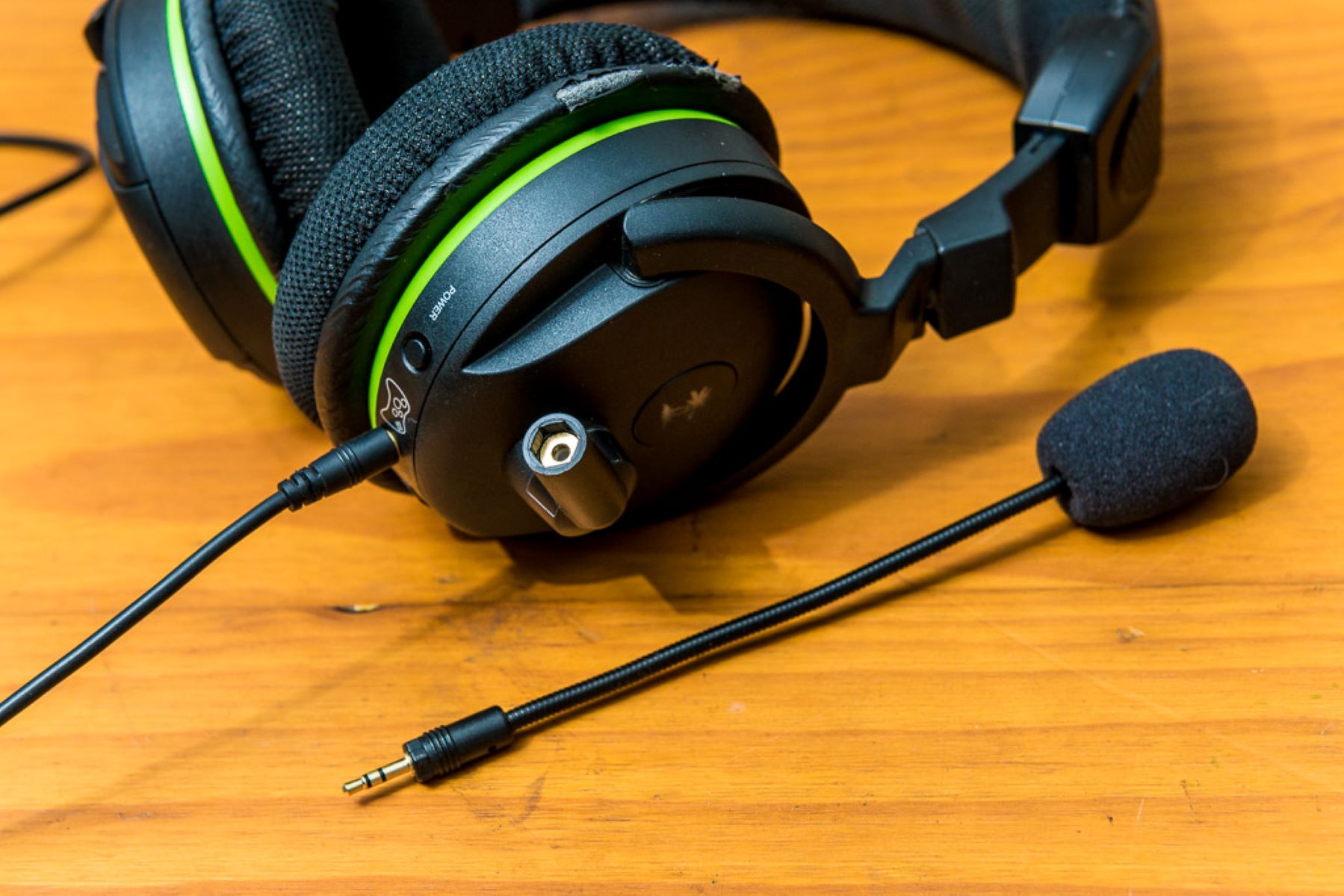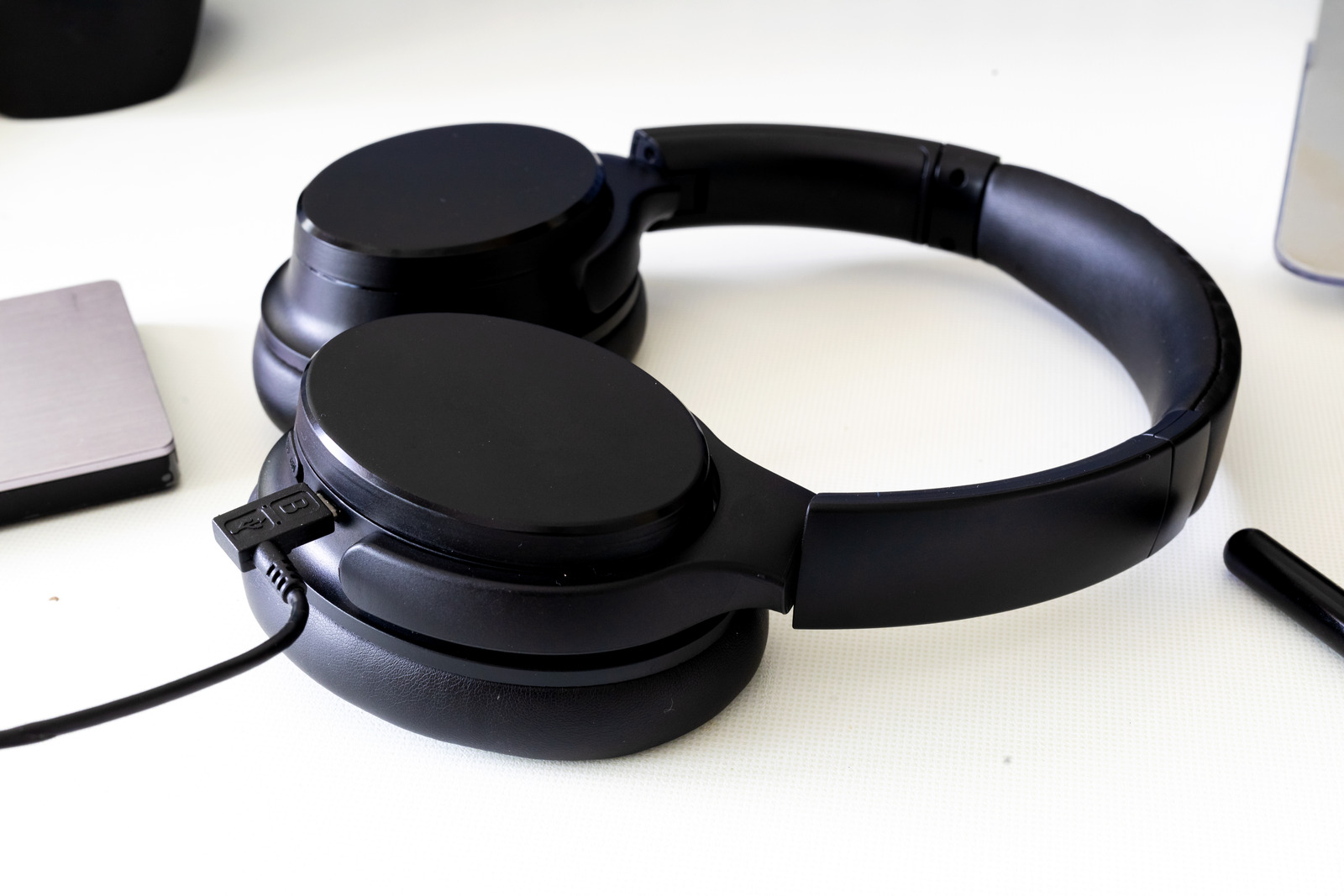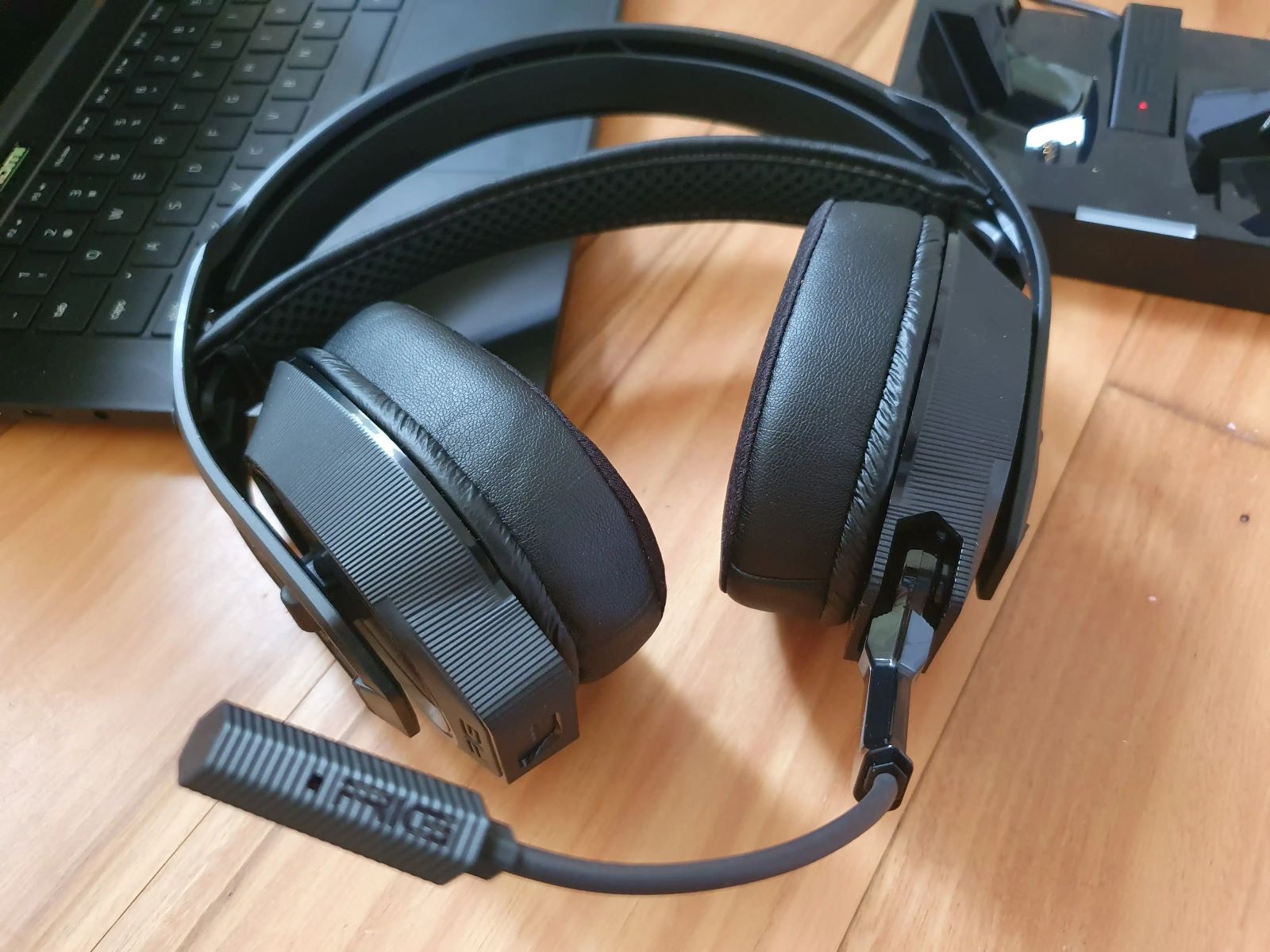Introduction
Headsets have become an indispensable part of our daily lives, whether we use them for work, gaming, or simply for enjoying our favorite tunes. However, like any electronic device, headsets are prone to encountering a range of issues that can disrupt our listening and communication experiences. From poor sound quality to connectivity problems, these issues can be frustrating to deal with. Fortunately, many common headset woes have quick and easy fixes that can save you from the agony of dealing with malfunctioning equipment.
In this guide, we will explore some of the most prevalent issues that headset users encounter and provide practical solutions to address them. Whether you're a professional who relies on a headset for remote meetings, a gamer seeking seamless communication with teammates, or a music enthusiast aiming for an immersive listening experience, understanding how to troubleshoot common headset problems can greatly enhance your overall enjoyment and productivity.
So, if you've ever found yourself exasperated by crackling audio, a malfunctioning microphone, or a finicky wireless connection, fret not. By the end of this guide, you'll be equipped with the knowledge and quick fixes needed to tackle these issues head-on, ensuring that your headset remains a reliable companion in your daily endeavors. Let's dive into the world of headset troubleshooting and reclaim the joy of uninterrupted sound and seamless communication.
Issue 1: Poor Sound Quality
Poor sound quality is a common frustration experienced by headset users, often manifesting as distorted audio, muffled sound, or an overall lack of clarity. This issue can significantly diminish the enjoyment of music, hinder effective communication during calls or gaming, and detract from the immersive experience that a high-quality headset should provide. Fortunately, there are several quick fixes and troubleshooting steps that can help address poor sound quality and restore your headset's audio performance.
-
Check the Connection: Begin by ensuring that the headset is properly connected to the audio source. For wired headsets, confirm that the audio jack is securely plugged into the device's port. If you're using a wireless headset, verify that the Bluetooth or wireless connection is stable and not experiencing interference from other devices.
-
Adjust Audio Settings: Explore the audio settings on your device to make sure that the sound output is optimized for your headset. Adjust the equalizer settings to enhance the audio quality based on your preferences, whether you prefer a bass-heavy sound for music or clearer tones for voice communication.
-
Clean the Headset: Over time, dust, debris, and earwax can accumulate on the headset's speakers or ear cups, impacting sound quality. Gently clean the headset using a soft, dry cloth to remove any buildup that may be affecting the audio output.
-
Update Drivers: If you're using a USB or wireless headset, check for driver updates for your device. Outdated drivers can lead to sound issues, and installing the latest updates can often resolve compatibility and performance issues.
-
Try Different Audio Sources: Test the headset with various audio sources to determine if the sound quality issues are consistent across different devices. This can help identify whether the problem lies with the headset or the specific audio source being used.
-
Replace or Repair Damaged Components: If you've ruled out external factors and the sound quality issues persist, it may be necessary to inspect the headset for any physical damage or component malfunctions. Consider contacting the manufacturer for repair or replacement options if the headset is still under warranty.
By addressing poor sound quality with these quick fixes and troubleshooting steps, you can elevate your headset's audio performance and rediscover the joy of immersive sound experiences, clear communication, and uninterrupted enjoyment of your favorite audio content.
Issue 2: Microphone Not Working
The frustration of realizing that your headset's microphone is not functioning can be particularly vexing, especially when you rely on it for clear communication during calls, gaming, or virtual meetings. Whether you're experiencing complete silence on the other end of a call or your teammates can't hear your crucial instructions in the midst of a gaming session, a malfunctioning microphone can disrupt your ability to effectively communicate and engage with others. Fear not, as there are several troubleshooting steps and quick fixes that can help you address the issue of a non-responsive or faulty microphone.
-
Check Connection and Settings: Begin by examining the physical connection of the headset, ensuring that the microphone is securely plugged into the appropriate port. For wireless headsets, verify the stability of the wireless or Bluetooth connection. Additionally, review the microphone settings on your device to confirm that the correct input source is selected and that the microphone volume is appropriately adjusted.
-
Inspect for Physical Damage: Carefully examine the microphone boom or built-in microphone for any signs of physical damage, such as frayed wires or dents. Even minor damage can impede the microphone's functionality, so it's crucial to identify and address any visible issues.
-
Update Drivers and Firmware: If your headset utilizes drivers or firmware for microphone functionality, ensure that they are up to date. Outdated or incompatible drivers can lead to microphone issues, and updating them may resolve the problem.
-
Test with Different Apps and Devices: Experiment with using the microphone on various applications and devices to determine if the issue is specific to a particular software or hardware configuration. This can help pinpoint whether the problem lies with the headset itself or the compatibility with certain platforms.
-
Microphone Privacy Settings: In some cases, microphone access may be restricted by privacy settings on your device. Check the privacy settings to ensure that the microphone is allowed to function across different applications and system functions.
-
Reset or Reconfigure Settings: If you've made custom adjustments to microphone settings, consider resetting them to default configurations. Sometimes, incorrect settings or adjustments can lead to microphone malfunctions, and reverting to default settings can help resolve the issue.
-
Contact Manufacturer Support: If the microphone continues to malfunction despite troubleshooting efforts, reaching out to the manufacturer's support team for further assistance, repair, or replacement options may be necessary, especially if the headset is still under warranty.
By addressing the issue of a non-working microphone through these troubleshooting steps, you can restore clear and reliable communication, ensuring that your headset remains a dependable tool for calls, gaming, and virtual interactions.
Issue 3: Connectivity Problems
Connectivity problems with headsets can be a major source of frustration, disrupting audio playback, causing intermittent disconnections, or hindering seamless communication during calls or gaming sessions. Whether you're using a wired headset experiencing intermittent audio dropouts or a wireless headset plagued by unstable connections, addressing connectivity issues is crucial to ensure a smooth and uninterrupted user experience. Fortunately, there are several troubleshooting steps and quick fixes that can help you overcome common connectivity problems and restore the reliability of your headset's connections.
-
Check Cable and Ports: If you're using a wired headset, inspect the cable for any signs of damage, such as fraying or kinks. Additionally, ensure that the audio ports on both the headset and the device are clean and free from debris, as obstructions can interfere with the connection.
-
Wireless Interference: For wireless headsets, interference from other electronic devices or wireless networks can disrupt the Bluetooth or wireless connection. Try moving away from potential sources of interference, such as routers, microwaves, or other Bluetooth devices, to see if the connection stabilizes.
-
Charge or Replace Batteries: If you're using a wireless headset with rechargeable batteries, ensure that the batteries are adequately charged. If the batteries are old or no longer holding a charge effectively, replacing them can often resolve connectivity issues.
-
Update Firmware and Drivers: Check for firmware updates or driver installations provided by the headset's manufacturer. Firmware updates can address connectivity issues and improve the overall performance of wireless headsets, while driver updates can enhance compatibility with various devices.
-
Reset Wireless Connections: For wireless headsets, performing a reset of the Bluetooth or wireless connection can often resolve connectivity problems. Refer to the headset's user manual for instructions on how to reset the wireless connection and pair it with your device again.
-
Environmental Factors: Consider the environment in which you're using the headset. Metallic obstructions, dense walls, or long distances from the connected device can all contribute to connectivity issues with wireless headsets. Adjusting your position or moving closer to the connected device can help stabilize the connection.
-
Contact Manufacturer Support: If connectivity problems persist despite troubleshooting efforts, reaching out to the manufacturer's support team for further assistance, repair, or replacement options may be necessary, especially if the headset is still under warranty.
By addressing connectivity problems through these quick fixes and troubleshooting steps, you can ensure that your headset maintains a stable and reliable connection, allowing you to enjoy uninterrupted audio playback, clear communication, and seamless gaming experiences.
Issue 4: Uncomfortable Fit
The discomfort caused by an ill-fitting headset can quickly diminish the enjoyment of extended listening sessions, gaming marathons, or lengthy conference calls. Whether it's the pressure exerted by tight ear cups, the weight of the headband causing strain, or the overall discomfort of prolonged usage, addressing the issue of an uncomfortable fit is essential for ensuring that your headset remains a pleasure to wear. Fortunately, several practical solutions and adjustments can help alleviate discomfort and enhance the overall ergonomic experience of your headset.
Adjust Headband and Ear Cups
Begin by adjusting the headband to achieve a comfortable and secure fit. Ensure that the headband is positioned evenly on the top of your head, distributing the weight of the headset evenly to minimize pressure points. Additionally, if your headset features adjustable ear cups, experiment with different positions to find the most comfortable placement that aligns with the contours of your ears.
Replace Ear Cushions
Over time, the ear cushions of a headset can become worn, compressed, or lose their cushioning properties, contributing to discomfort during extended use. Consider replacing the ear cushions with compatible replacements provided by the headset's manufacturer. Opting for memory foam or gel-infused cushions can enhance comfort and provide better weight distribution around the ears.
Consider Lightweight Alternatives
If your current headset is notably heavy and contributes to discomfort, exploring lightweight alternatives can significantly improve the overall wearing experience. Lightweight headsets, especially those designed with breathable materials and ergonomic adjustments, can reduce strain and fatigue during prolonged usage.
Take Breaks and Adjust Positioning
Frequent breaks during extended usage can help alleviate discomfort caused by prolonged headset wear. Additionally, adjusting the positioning of the headset periodically, such as shifting the headband or readjusting the ear cups, can alleviate pressure points and prevent discomfort from escalating.
Explore Customization Options
Some headsets offer customization options, allowing users to adjust the tension of the headband, swap out ear cup materials, or modify the clamping force to achieve a personalized and comfortable fit. Exploring these customization features can help tailor the headset to your unique comfort preferences.
By addressing the issue of an uncomfortable fit through these practical solutions and adjustments, you can transform your headset into a comfortable and ergonomic companion for extended usage, ensuring that your listening, gaming, and communication experiences remain enjoyable and free from discomfort.
Conclusion
In the realm of headset usage, encountering technical issues is an inevitable part of the journey. From sound quality woes to connectivity hiccups and discomfort caused by ill-fitting headsets, these challenges can disrupt our audio experiences and hinder effective communication. However, armed with the knowledge and quick fixes provided in this guide, users can reclaim the joy of uninterrupted sound and seamless communication with their headsets.
By addressing poor sound quality through simple troubleshooting steps such as checking connections, adjusting audio settings, and cleaning the headset, users can elevate their audio experiences and immerse themselves in the richness of their favorite content. Similarly, tackling microphone malfunctions by inspecting connections, updating drivers, and testing across various applications ensures that clear and reliable communication remains at the forefront of headset functionality.
Connectivity problems, a common source of frustration, can be overcome by examining physical connections, updating firmware, and considering environmental factors that may impact wireless connections. Finally, addressing the discomfort caused by ill-fitting headsets through adjustments, replacements, and customization options can transform the wearing experience into one of comfort and ergonomic support.
As we navigate the digital landscape, where headsets serve as our trusted companions for work, leisure, and entertainment, the ability to troubleshoot and resolve common issues becomes paramount. This guide empowers users to take charge of their headset experiences, enabling them to seamlessly integrate these devices into their daily lives without the hindrance of technical disruptions.
In conclusion, the world of headsets is rich with possibilities, from immersive audio experiences to seamless communication and ergonomic comfort. By understanding and implementing the quick fixes and troubleshooting steps outlined in this guide, users can embark on a journey where their headsets serve as reliable, enjoyable, and indispensable tools for their diverse audio and communication needs.







